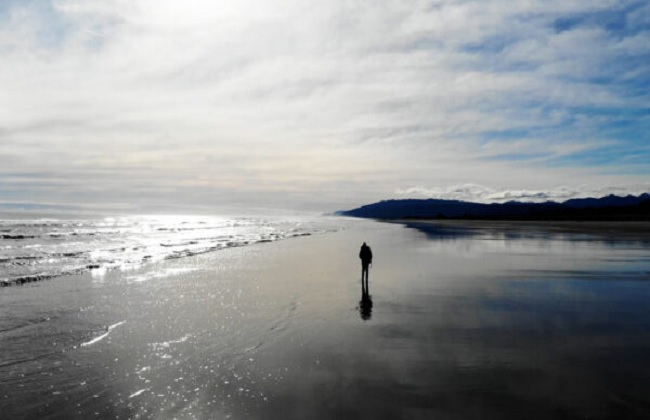
Beneath the vast expanse of the ocean surface lies another world. At first, around the shores, the continental shelf is little more than an extension of the adjoining landmass. But then one reaches the edge of the abyss and, with the sudden drop that follows, everything changes. Remarkably, in view of what is known about the rest of the planet, and even outer space, most of the ocean floor remains largely a mystery. The scientific consensus is that only 5% of the deep sea has been explored in any detail. When a passenger jet was lost somewhere in the Indian Ocean in 2014, rescuers floundered without definitive maps of the maritime space and its currents at different depths that might have helped in their search.
At least we have a broad impression of what lies there. There is an average depth of some 3800 metres before one reaches the ocean floor, a surface every bit as diverse as the terrestrial landscape. Here, one finds mountain ranges and peaks that match and even surpass the height of those on land; a mid-ocean ridge that wends its way over a length of 40,000 kilometres between continents around the globe; seemingly endless plains and deep ravines; unexpected gradient falls that plunge in one location to more than 11,000 metres below the surface; scattered eruptions of warm waters (known as hydrothermal vents) emanating from the earth’s interior, which create their own ecosystems; as well as much larger, active volcanoes capable of upsetting the rhythms of the sea far beyond their own points of turbulence; and, in contrast with hydrothermal vents, cold methane seeps which also give rise to their own (albeit very different) micro life systems. Underlying these individual features is a dynamic platform of tectonic plates, responsible for varied geological formations in the past and still capable of causing further movement.
Such is the remarkable physical backcloth for a new era of underwater activity – mining for an array of metals – that is currently high on the commercial and political agenda for ocean development. There is growing pressure from multi-national consortia working with individual countries, small as well as large, to go beyond the present limits of exploration, with a view to widespread excavation. On the basis of a series of targeted explorations, the list of minerals to be found in the deepest parts of the ocean is becoming irresistible for countries and corporations alike. The potential costs of extraction will be enormous but so, too, the returns. Gold, platinum, copper, cobalt, nickel, manganese, lead, lithium, titanium and zinc are amongst the treasures that might soon be brought to the surface. Reserves include rare earth elements that are used in products such as memory chips, batteries for electric vehicles and solar panels. Paradoxically, some of these seabed minerals can help to reduce dependence on fossil fuels.
There is, however, a very high price to pay in terms of ocean sustainability. What is already known about the seabed reveals a unique ecosystem that has been intact throughout human history. In the deepest reaches, myriad creatures have adapted to an inhospitable world without sunlight. Some have developed their own forms of illumination, others survive in total darkness. They are extraordinary creatures, most of which we still know little about. Yet this fragile environment that has taken millions of years to evolve could be devastated in a short burst of mining, where science-fiction machines are lowered to scrape and collect for a new generation of mobile phones and smart gadgets in the home. In the words of David Attenborough:
The rush to mine this pristine and unexplored environment risks creating terrible impacts that cannot be reversed. We need to be guided by science when faced with decisions of such great environmental consequence.
The United Nations’ agency, the International Seabed Authority, has granted exploration licences but has so far been constrained by international pressure from going to the next stage of allowing excavation. A moratorium is urged, at least until we understand the implications of what is proposed, and so far the agreement is just about holding.
My own view is that it would be tragic to destroy such an enthralling wilderness, containing so many unique features and on this vast scale. There are too few undeveloped areas of the world and this of one of the last. Surely we have a responsibility to do what is right for the planet, putting ethics before raw profits. Options need to be properly explored, asking if we really need these metals and whether the price can be justified. There is still time to pull back, but only just.
It is humanity itself which is now on the edge of the abyss.
James A Michel is Former President of the Republic of Seychelles.

